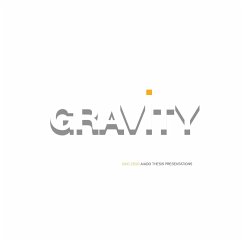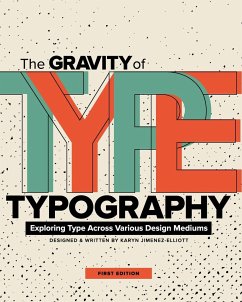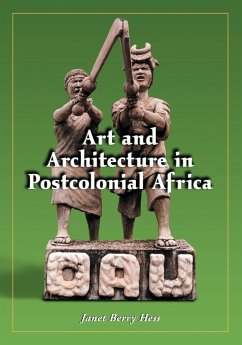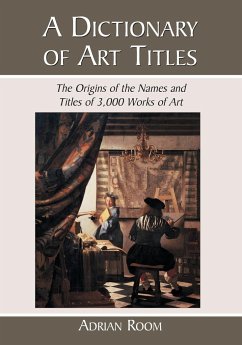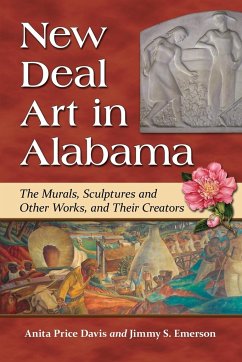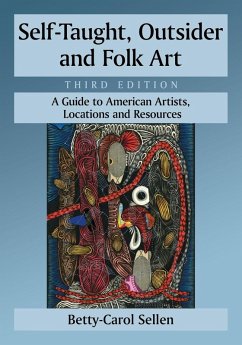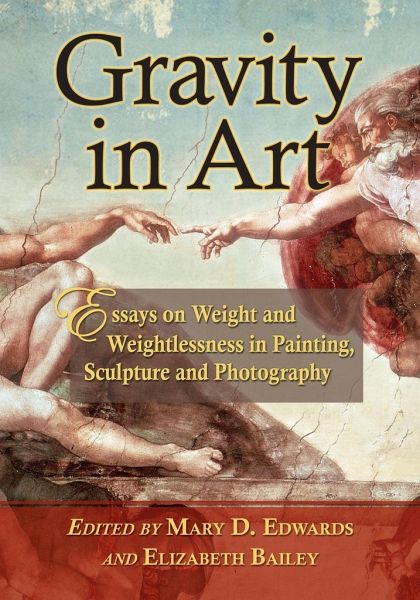
Gravity in Art
Essays on Weight and Weightlessness in Painting, Sculpture and Photography
Herausgeber: Edwards, Mary D.; Bailey, Elizabeth
Versandkostenfrei!
Versandfertig in 1-2 Wochen
58,99 €
inkl. MwSt.

PAYBACK Punkte
29 °P sammeln!
The gravitational pull of the earth and the challenge to resist it have long inspired artists. Like the Greek vases depicting Sisyphus's endless quest to push his boulder up a hill and the Whirlwind Lovers in Dante's Inferno, images that portray the defiance of gravity or submission to it permeate the artistic world. This collection examines the ways artists from antiquity to today use gravity and levity symbolically, metaphorically, and expressively. The 26 essays examine these opposing forces through analysis of such dualities as ascent and descent, weight and weightlessness, hope and despai...
The gravitational pull of the earth and the challenge to resist it have long inspired artists. Like the Greek vases depicting Sisyphus's endless quest to push his boulder up a hill and the Whirlwind Lovers in Dante's Inferno, images that portray the defiance of gravity or submission to it permeate the artistic world. This collection examines the ways artists from antiquity to today use gravity and levity symbolically, metaphorically, and expressively. The 26 essays examine these opposing forces through analysis of such dualities as ascent and descent, weight and weightlessness, hope and despair, or life and death, and draw distinct lines between the works of art and texts of such writers and thinkers as Homer, Aristotle, Newton, Marx and Einstein. Together, they demonstrate that as our ideas about this essential force or space-time concept change, so too, do artists create new ways to represent visually the phenomenon of gravity.



